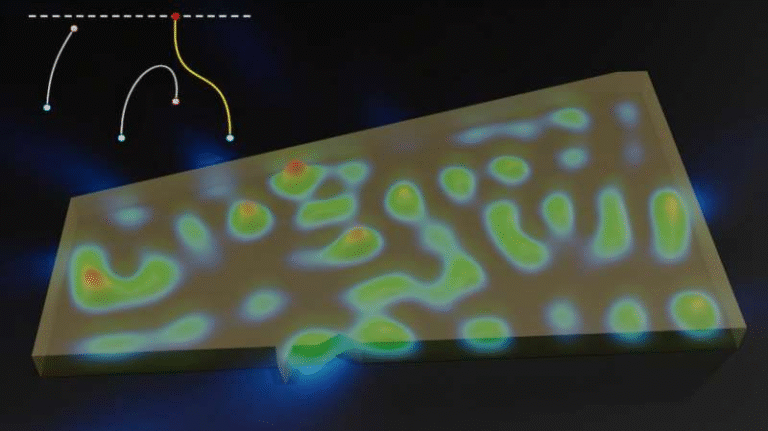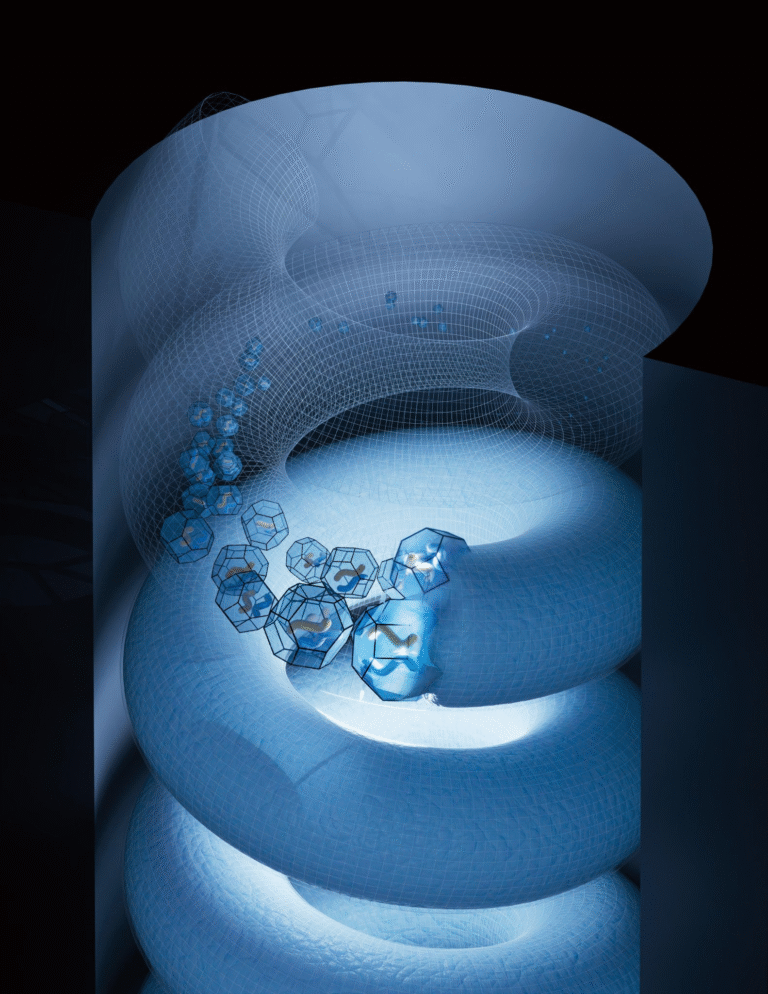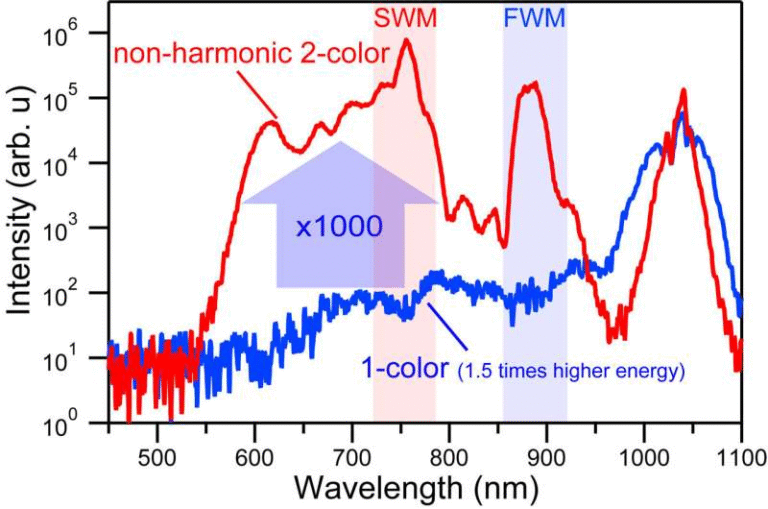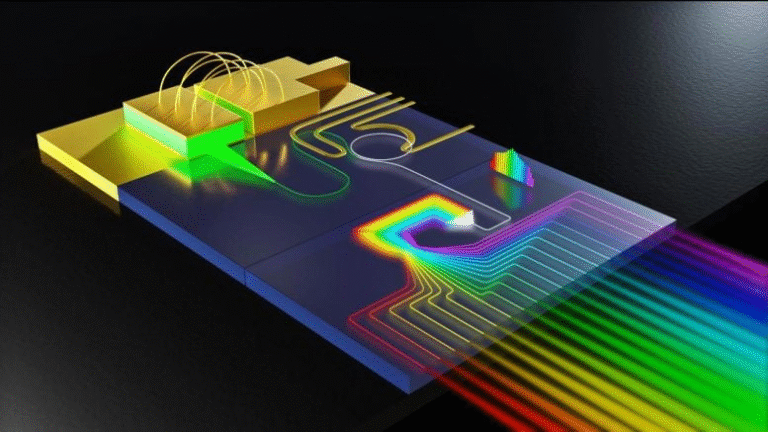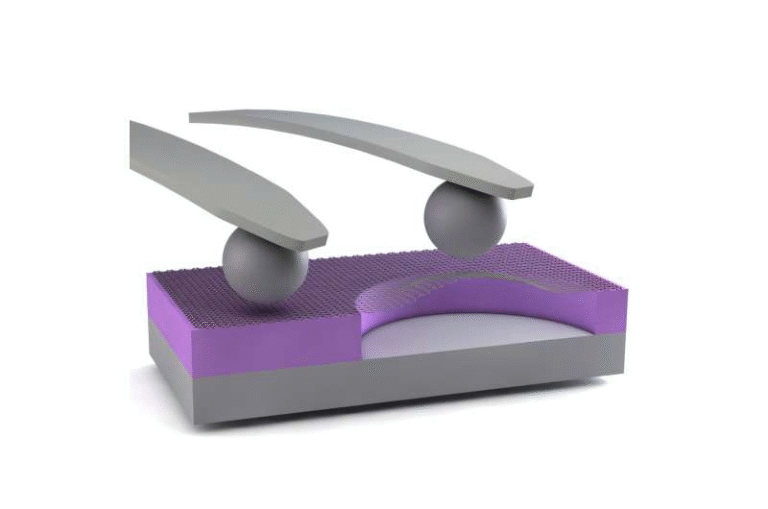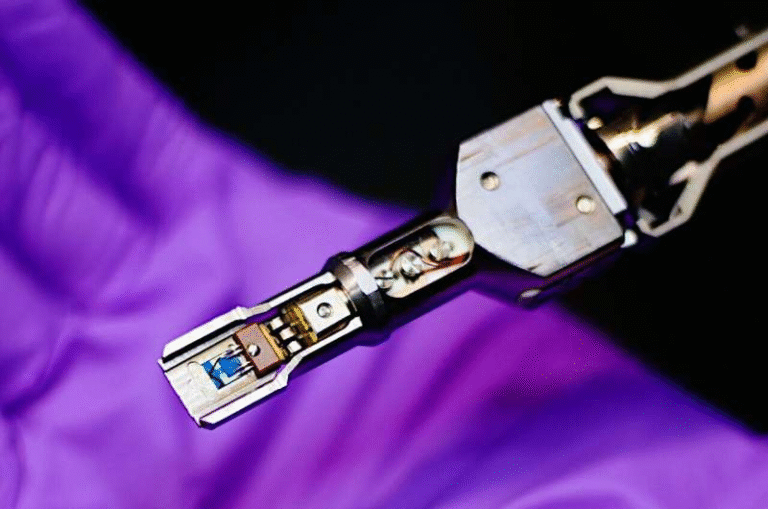Physicists Recreate the Schwinger Effect Using Superfluid Helium
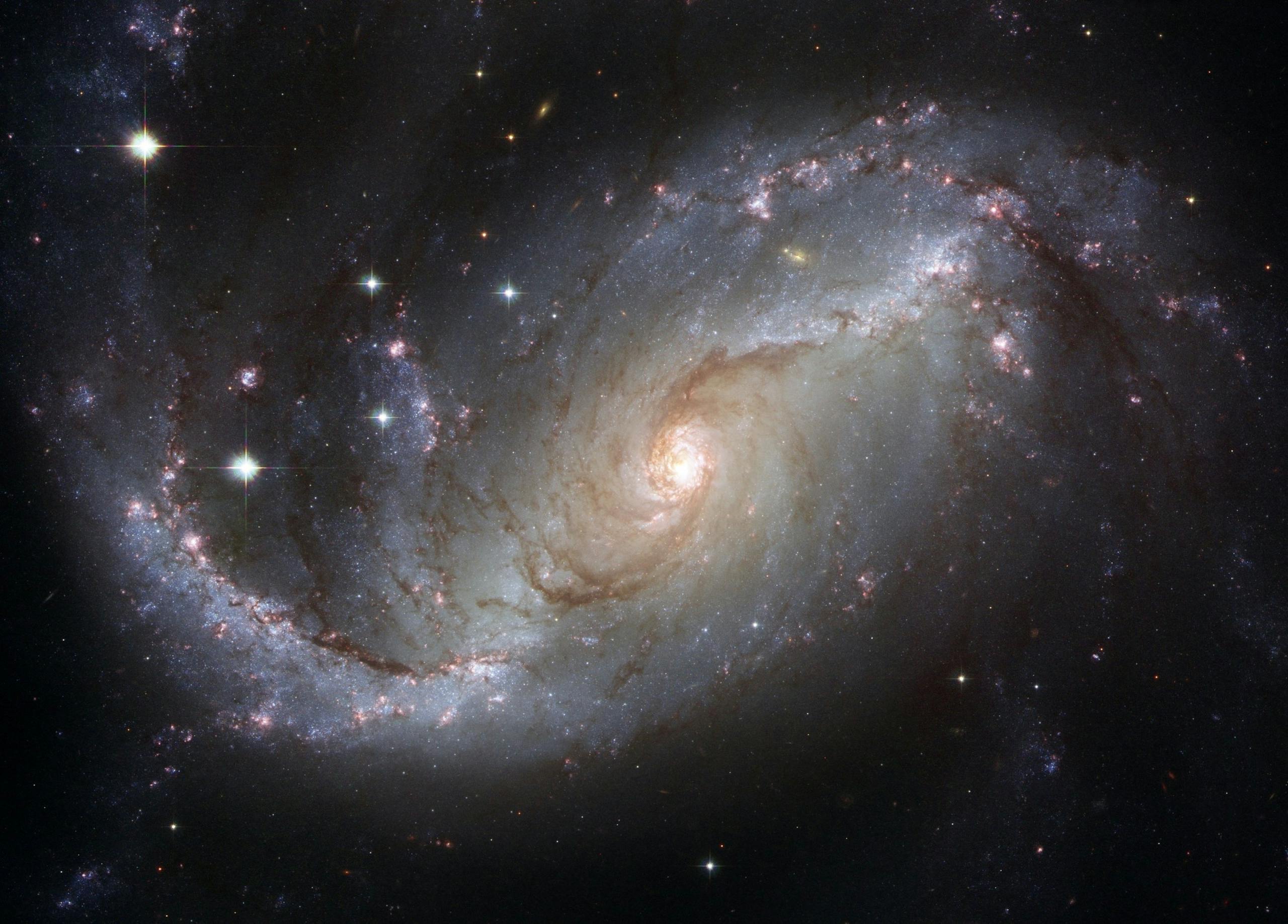
Physicists at the University of British Columbia (UBC) have introduced a fascinating new way to study one of the most elusive processes in quantum physics: the Schwinger effect. This effect, first proposed in 1951 by Nobel Prize–winning physicist Julian Schwinger, describes how matter might spontaneously appear from the vacuum of empty space when exposed to extraordinarily strong electric fields.
The challenge has always been that the electric fields required are unimaginably large, far beyond what can be generated in any laboratory. Because of this, the Schwinger effect has never been directly observed. Now, UBC researchers have developed a clever analog system using superfluid helium-4 films that allows them to explore a version of this effect in the lab.
From Impossible Fields to Superfluid Helium
Instead of relying on unattainable electric fields, the team turned to superfluid helium-4, a substance that flows without friction when cooled to extremely low temperatures. In their model, the superfluid takes the role of the vacuum, and its flowing motion mimics the effect of a powerful electric field.
What emerges in this system is not electron-positron pairs but vortex/anti-vortex pairs. These vortices appear spontaneously in the flowing helium, spinning in opposite directions, much like the particle-antiparticle pairs Schwinger envisioned.
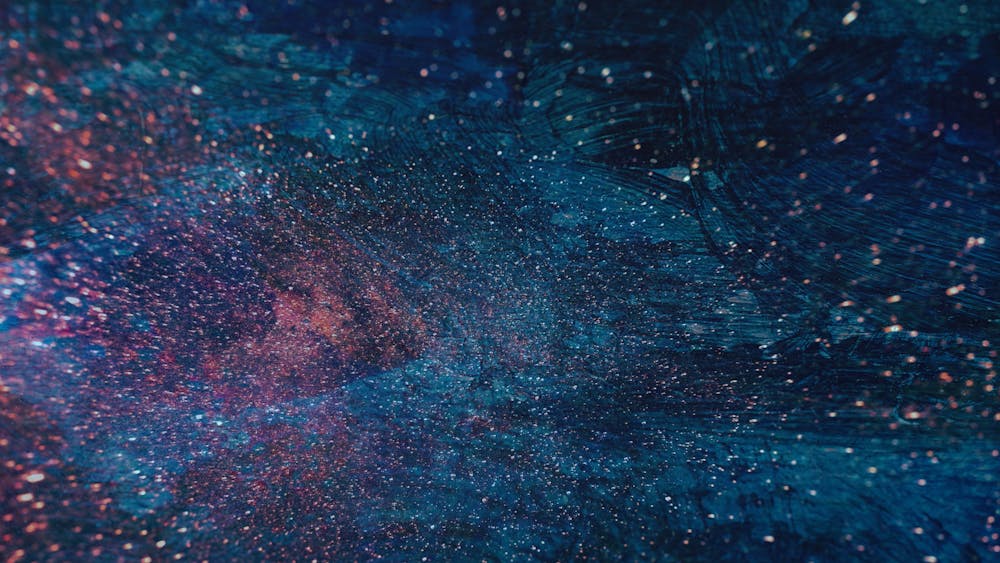
This analogy works because superfluids share important properties with the vacuum in quantum field theory. When thinned down to just a few atomic layers, helium-4 behaves almost like a frictionless vacuum state, making it an excellent testing ground for otherwise unreachable physics.
Mapping the Theory and Experiment
The research, led by Philip Stamp and Michael Desrochers, carefully lays out the mathematics and theory behind this analogy. Their findings were published in the journal Proceedings of the National Academy of Sciences (PNAS) on September 1, 2025.
The key idea is that quantum tunneling in this two-dimensional helium film resembles the tunneling process Schwinger described for particle creation in a vacuum. Tunneling allows systems to cross otherwise impossible energy barriers, and it plays a central role in quantum mechanics, quantum chemistry, and even biology.
The team provided a detailed framework for conducting real experiments that could test their predictions. In essence, they are showing how to design an experiment that might finally let researchers see an accessible version of vacuum tunneling in action.
The Surprising Role of Vortex Mass
One of the major breakthroughs in their work is the discovery that vortices in superfluids do not have a constant mass. Earlier research treated the vortex mass as fixed, but Stamp and Desrochers demonstrated that the mass varies dramatically as the vortices move.
This insight changes how physicists understand vortex dynamics, both in superfluids and in cosmological contexts like the early universe. If mass variability applies to electron-positron pairs as well, it could even refine Schwinger’s original theory. Stamp described this as a kind of “revenge of the analog”—the analog system not only helps us study the phenomenon but also feeds back into improving the fundamental theory itself.
Beyond Analogs: Real Physics in Superfluids
While this study provides a strong analog to cosmic processes, the researchers stress that the helium system is a real physical system in its own right, not just a stand-in. Unlike phenomena in black holes or the Big Bang, which can never be directly probed, superfluids are accessible in the lab, and their physics can be measured with precision.
This makes the work especially valuable for understanding phase transitions in two-dimensional systems and the broader mechanics of quantum tunneling. It bridges condensed matter physics with quantum gravity and cosmology, opening the door for cross-disciplinary advances.
Cosmic Connections
The UBC team highlights that the helium-4 system can serve as an experimental analog for several cosmic phenomena, including the vacuum of deep space, quantum black holes, and the origins of the universe. These are situations where tunneling and vacuum fluctuations are critical, but where direct experiments are impossible.
By building a manageable laboratory system, researchers can finally test ideas that, until now, remained in the purely theoretical realm.
Research Details
- Authors: Michael J. Desrochers, D. J. J. Marchand, and Philip C. E. Stamp
- Institution: University of British Columbia
- Publication: Proceedings of the National Academy of Sciences (PNAS)
- Date: September 2, 2025
- Title: Vacuum tunneling of vortices in two-dimensional 4He superfluid films
- DOI: 10.1073/pnas.2421273122
- Funding: National Science and Engineering Research Council of Canada
TL;DR
UBC physicists have recreated an analog of the Schwinger effect using superfluid helium films. Their model shows vortex pairs spontaneously tunneling into existence, reveals that vortex mass varies with motion, and offers both new experimental possibilities and refinements to quantum theory.
